 Welcome to my pro tutor’s SAT prep blog! While you’re here, join my email list for more exclusive test prep info and subscriber-only bonus content!
Welcome to my pro tutor’s SAT prep blog! While you’re here, join my email list for more exclusive test prep info and subscriber-only bonus content!
Although it’s not particularly difficult to grade your own SAT practice tests from the Official SAT Study Guide, the rules may appear complicated at first.
This post will take you through a simple way of grading your practice test easily and quickly.
What you’ll need to take and grade your SAT practice test:
See my post on how to take a practice SAT at home for the details, but basically you’ll need:
- The Official SAT Study Guide
- A four-hour block of time on Saturday or Sunday morning
Of course, you have to take your complete test (with essay) before being able to grade and score it.
Take a look at the answers, directions, and score charts at the back of each practice SAT:
The Official SAT Study Guide contains 10 practice tests.
At the end of each of the tests is a list of the answers for each section.
Moving along, there is a set of directions that explain how to score your practice SAT.
It’s important to read these directions carefully and understand them, but they are not complicated and you don’t need to memorize them.
Get Exclusive SAT Prep Tips!
I want to send you more tips to help your SAT score, but I need your email address to stay in touch. Enter your email below so I can send you my reports on the SAT and other subscriber-only bonuses.
After that come a set of fill-in-the-blank score charts that will help you calculate your “raw score.”
Finally come a set of charts that match your raw score to a scaled score on the 800 scale for each section: Reading, Math, and Writing.
There are two charts for your Writing score: one is your score with an essay, and the other is your score based only on the multiple choice questions.
Now that you know how to grade an SAT, you can find out your own score on this practice test!
First, check your answers and add up the questions you got right and wrong:
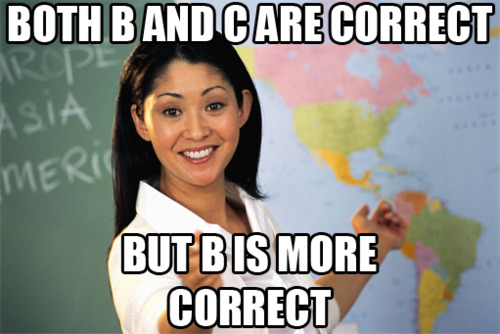 Using the “Correct Answers” list at the end of the test, check all of your questions, and total up both right and wrong answers.
Using the “Correct Answers” list at the end of the test, check all of your questions, and total up both right and wrong answers.
After you check each section, put these two totals in the blanks on the SAT Scoring worksheet. Make sure you include both “right” and “wrong” answers.
Notice that Math Grid-In responses don’t lose points for wrong answers:
The Grid-In or “Free Response” section of the SAT math doesn’t cost you any points if you get the questions wrong.
That’s because you aren’t able to randomly guess from five multiple choice answers like usual. Instead, you have to come up with an answer on your own and grid it in.
The fill-in-the-blanks scoring sheet at the back of your practice SAT should make this clear.
Calculate your raw score using the worksheet:
Once you have filled in all the blanks, you can add up your total unrounded raw score.
You get 1 point for each correct answer, and -1/4 of a point for each wrong answer.
Notice that you round your raw score to the nearest whole number before continuing. This means that a 37.5 rounds to a 38, a 22.25 rounds to a 22, etc.
Grading your SAT Essay score:
You can find the College Board essay scoring guidelines here: Official SAT Grading Rubric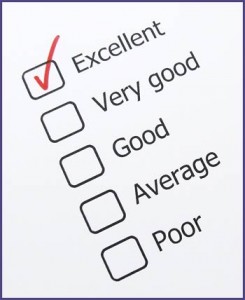
Following that link and studying it will not only help you grade your own practice essays, it will also teach you to think the way the SAT essay graders will think.
Hopefully you can exploit that knowledge to write a better, more targeted SAT essay that gets a higher final score.
Unfortunately, the grading rubric isn’t super-helpful, so also consider having a parent or teacher read your essay and give you their thoughts.
One really cool idea is to submit your practice essays to the College Confidential SAT Tests Forum, where you might be lucky enough to get someone’s attention who knows a lot about SAT essay-writing.
For more SAT Essay help, order my original e-books on how to write the SAT essay and where to get the best essay evidence!
Using the scaled score conversion tables to get your final practice score range:
Now go through the Critical Reading, Math, and Writing conversion tables to match your raw score to a scaled score on the 800 scale.
In the case of the essay, you’ll be matching up your essay score with your multiple choice or “MC” score.
Notice that in some cases, a range of scaled scores are represented. If you want to narrow your score down, taking the midpoint of the range is reasonably accurate.
Next actions to take:
Don’t just take a practice SAT, grade it, and then sit on your heels.
No! You need to improve that score and show everyone what you can do!
 Think back over the test. What felt hard? What felt easy?
Think back over the test. What felt hard? What felt easy?
Now compare those feelings to the reality of your score.
Sometimes we are great at things in unexpected ways, and sometimes our strengths aren’t as strong as we think they are!
For serious SAT test study and practice, order my collection of e-Books!
Further Reading:
How to Take a Practice SAT at Home
Secrets of the Official SAT Study Guide
How to Get a Perfect Score on the SAT
Prepping the SAT at Home: The Complete Guide
Additional Resources:
Shop my Online SAT Prep Bookstore (e-Books)
Griffin ACT: A Complete Course on Acing the SAT (Video Course)
Wait! Learn anything interesting or useful from this article? Get more subscriber-only tips and bonus downloads when you join my SAT prep mailing list!


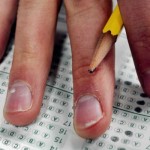
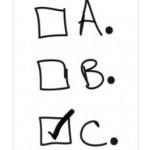
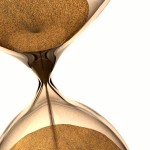


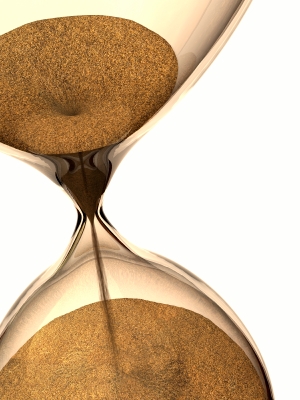
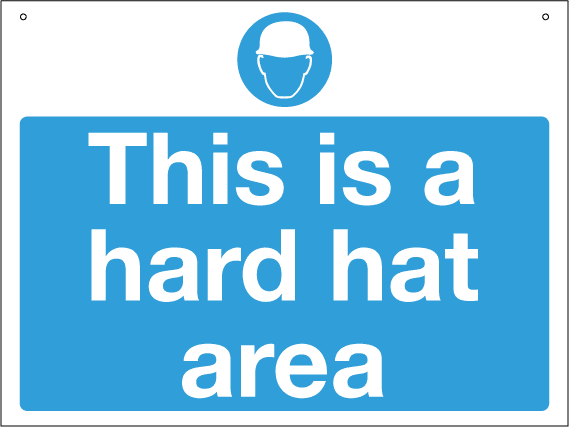









Find Me on Social Media